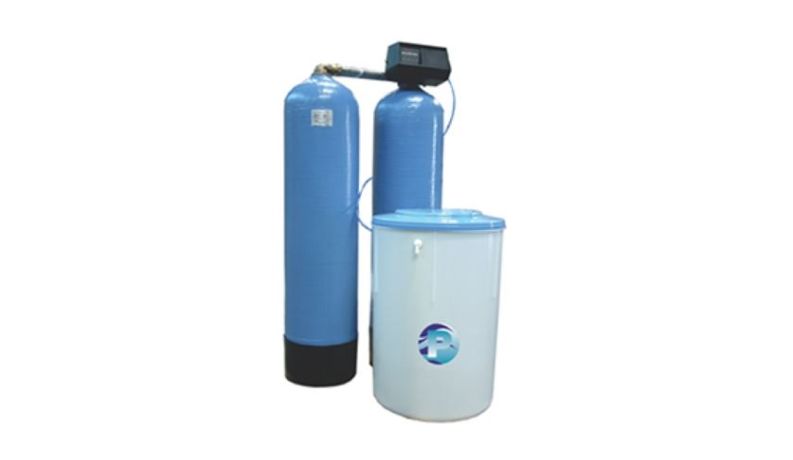
PETER TABOADA has with a wide range of self-regenerating systems used to adequate water to any application. By using ionic exchange between the resins and the water the quantity of anion and cation in water is reduced.
These ionic exchange systems are automatic using programmers incorporated to the valves that control the regeneration process. These valves work in five cycles: regenerating suction, backwashing, slow washing, fast washing and service.

Softeners are equipment to soften the water and lower its pH. The unit operation is controlled by a programmer operating at low voltage (12 V) through a built-in transformer. The programmer can control the proper functioning of the system and avoid unnecessary waste of salt and water for regeneration. The controller adjusts the frequency (1-7 days) and the time of day at which the onset of regeneration is desired.We also have equipment that only works with the pressure of the water, without electric power. The models can be compact, two-body (bottle + brine tank) or duplex, and their valves can have chronometric or volumetric programmer.

The nitrate removal are equipment for the elimination of nitrates present in the water. The unit operation is controlled by a programmer operating at low voltage (12 V) through a built-in transformer. The programmer can control the proper functioning of the system and avoid unnecessary waste of salt and water for regeneration. The controller adjusts the frequency (1-7 days) and the time of day at which the onset of regeneration is desired.

The deionizer or demineralization eliminates the ions present in the water supply, under the principle of ion exchange. The affluent flows through a bed of cation resin will attract positively charged ions present in the raw water, then pass through a bed of anion resin to attract negatively charged ions. These resins are located in separate tanks. Once both resins have been saturated (sold out its ion exchange capacity and do not perform their job), you will need to regenerate (to recharge them with its natural loads). Cation resins are regenerated using an acid (HCl 33%) and the anion using a base (50% NaOH). This regeneration is performed automatically or manually. As a final step in the refining of water to reach lower conductivities and 1 mS / cm for a third tank line with mixed bed resins, in which the action of both types of resins, anionic and cationic combined placed, thus achieving Water of the desired quality.

More information